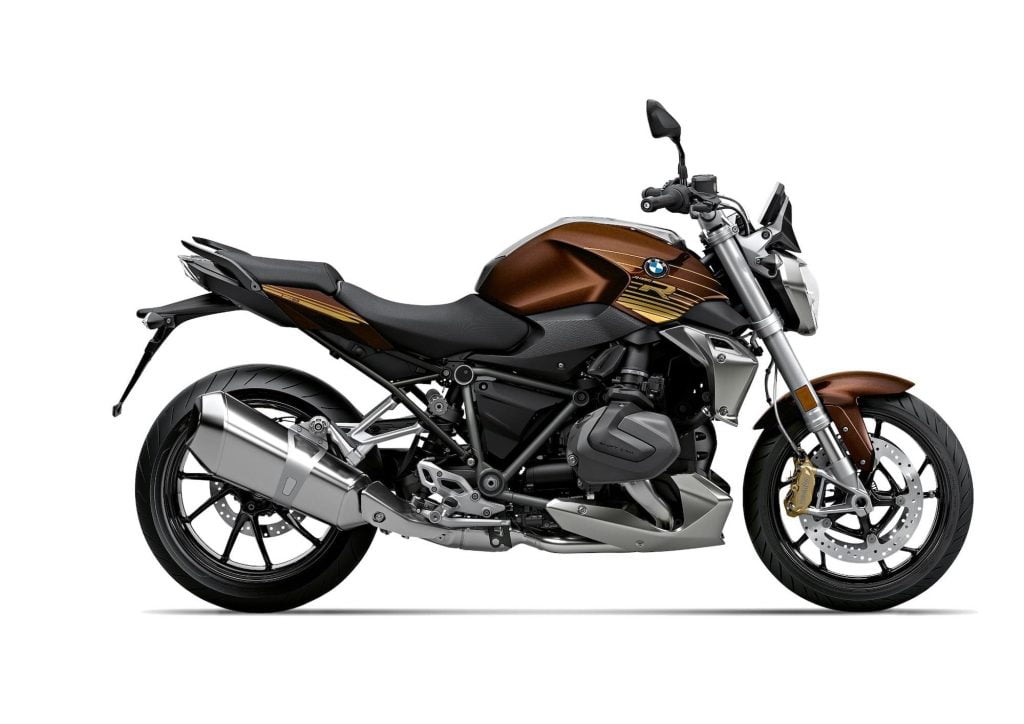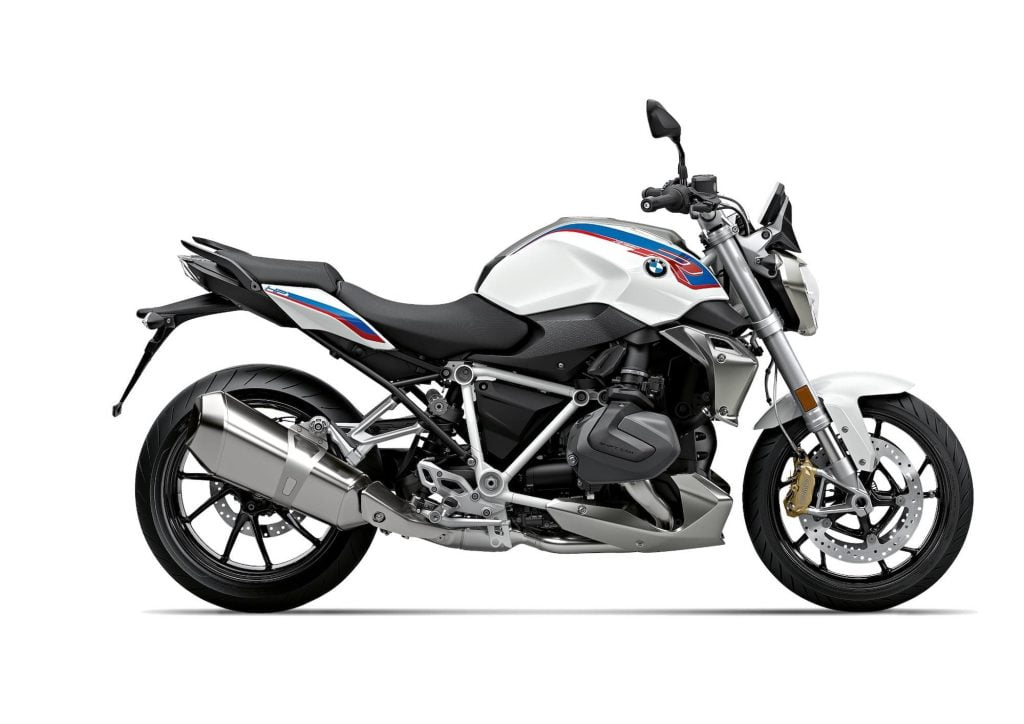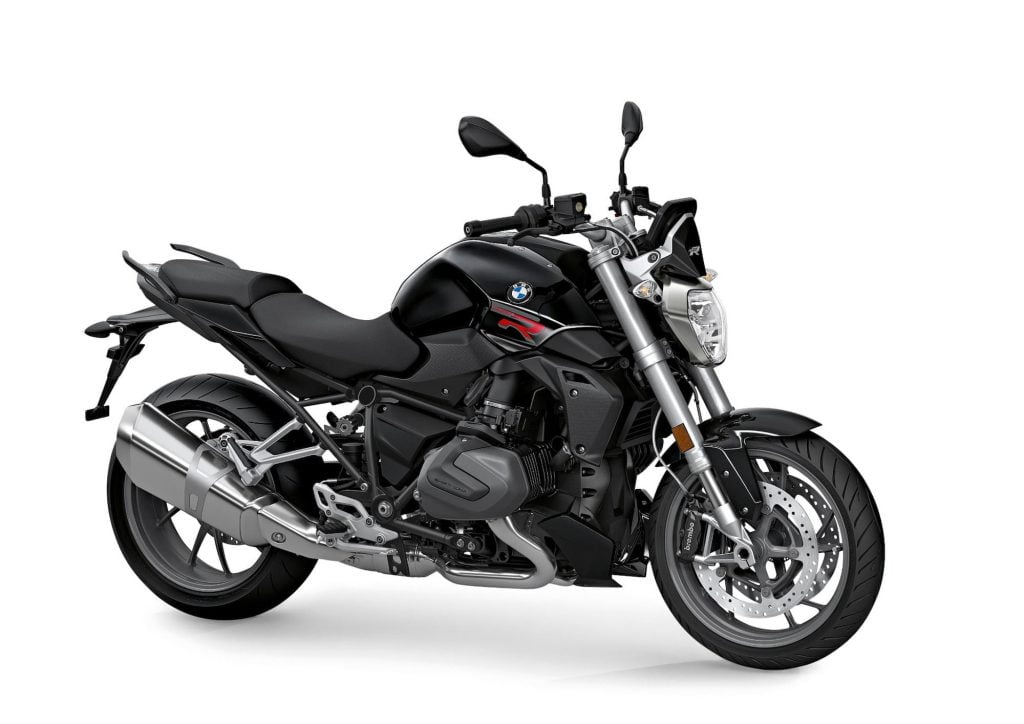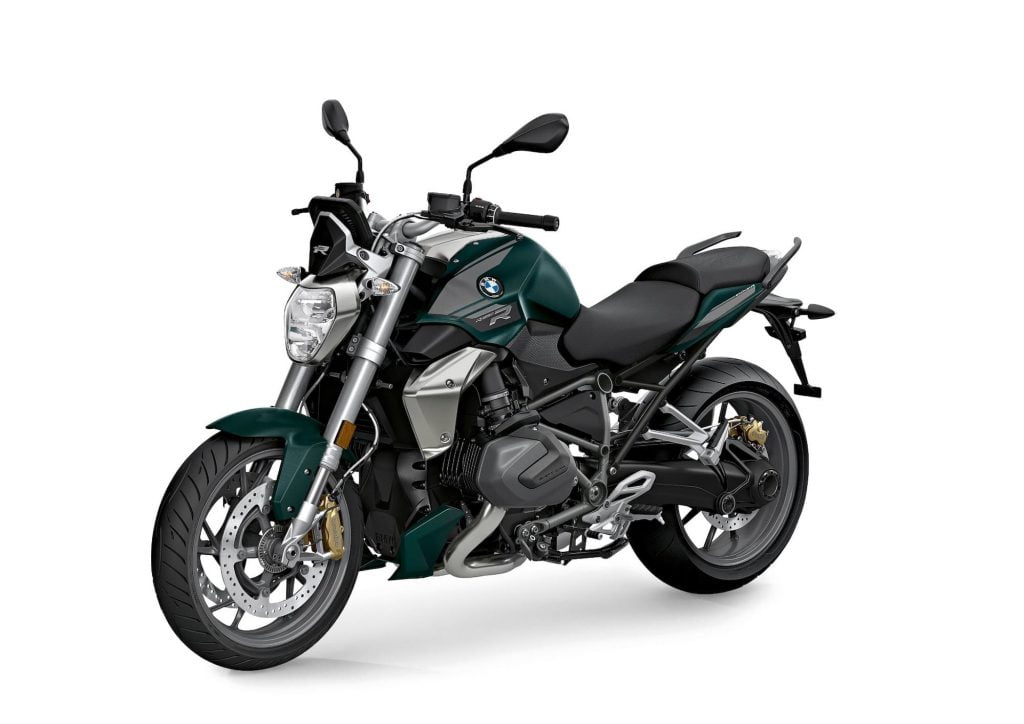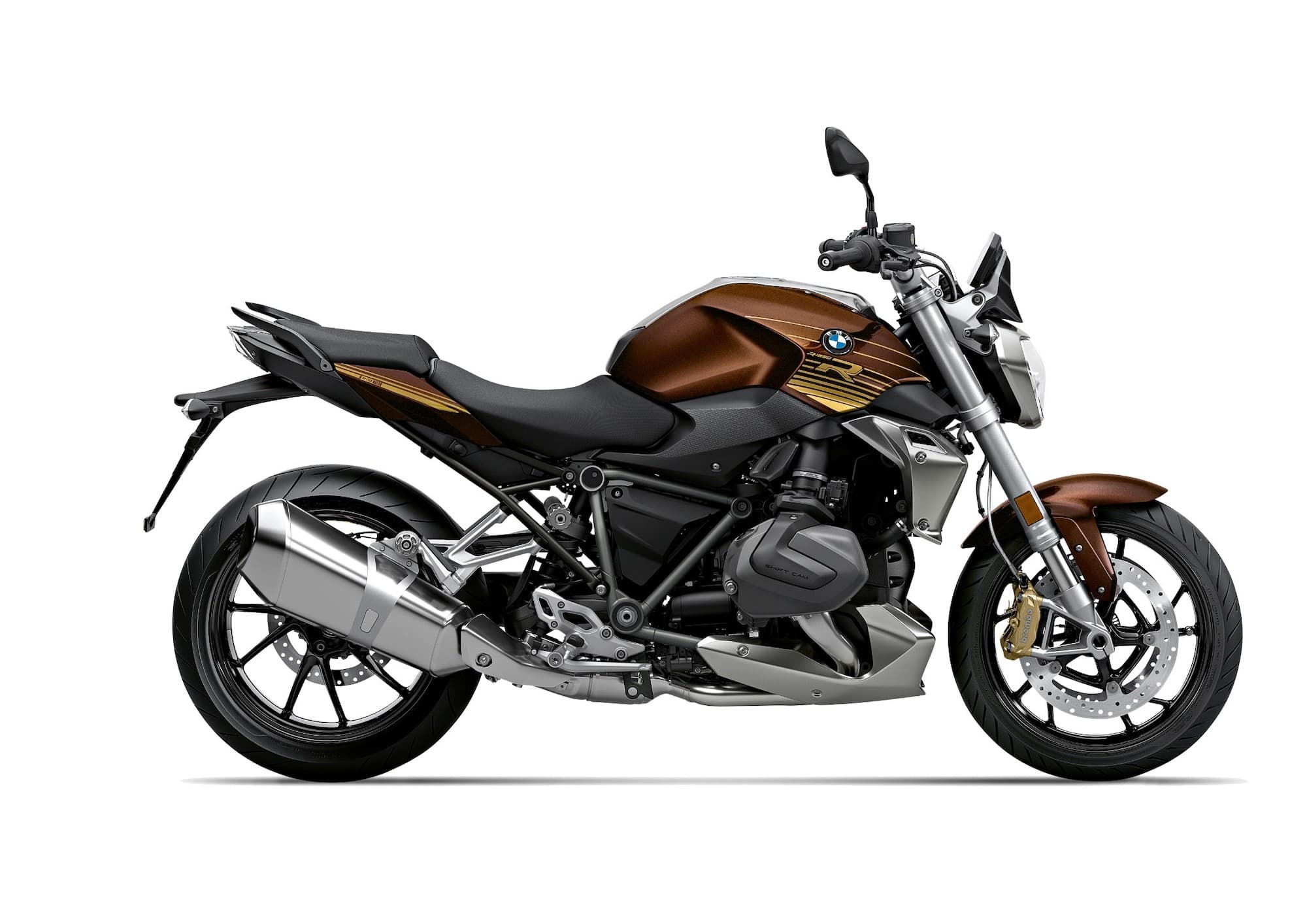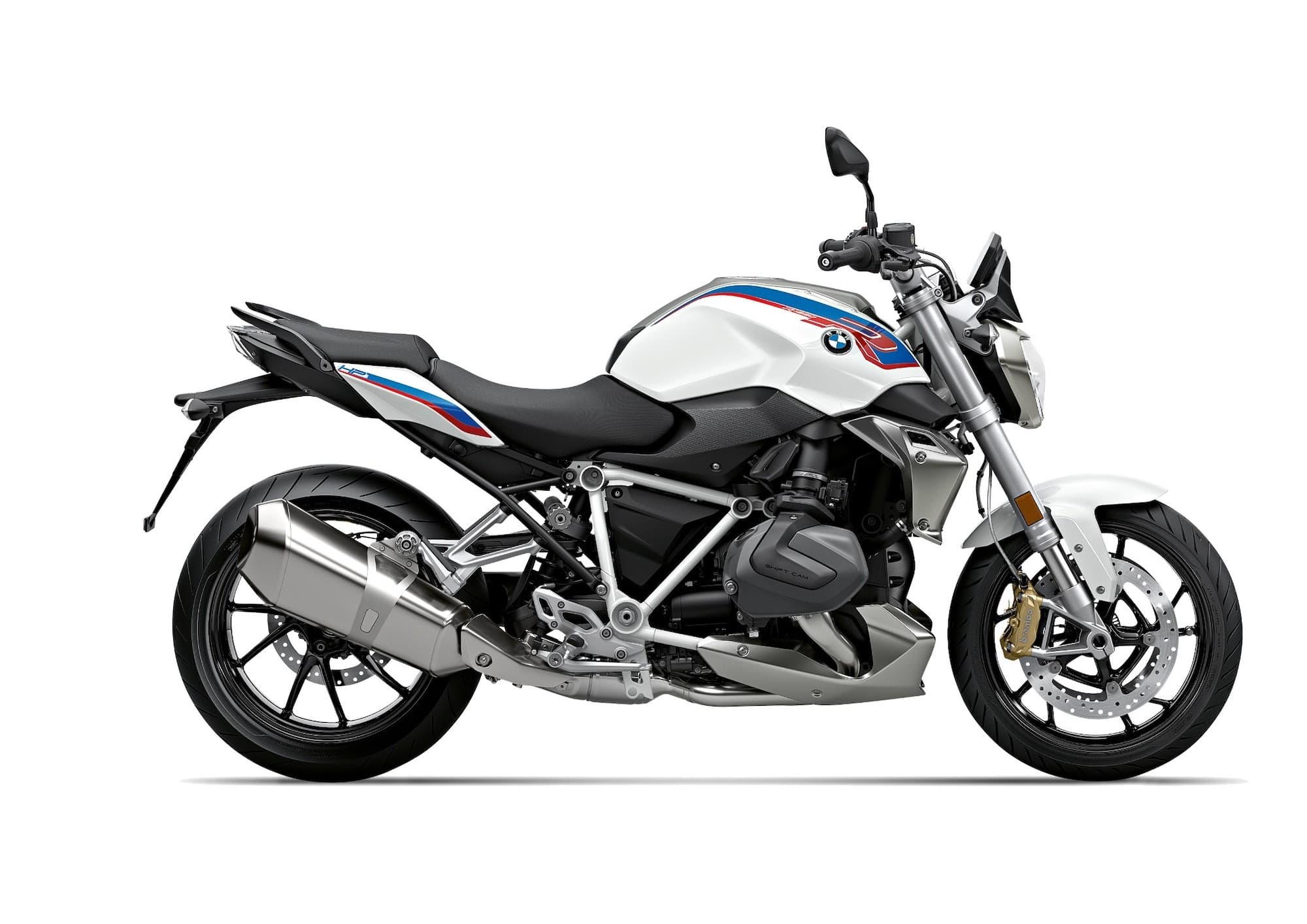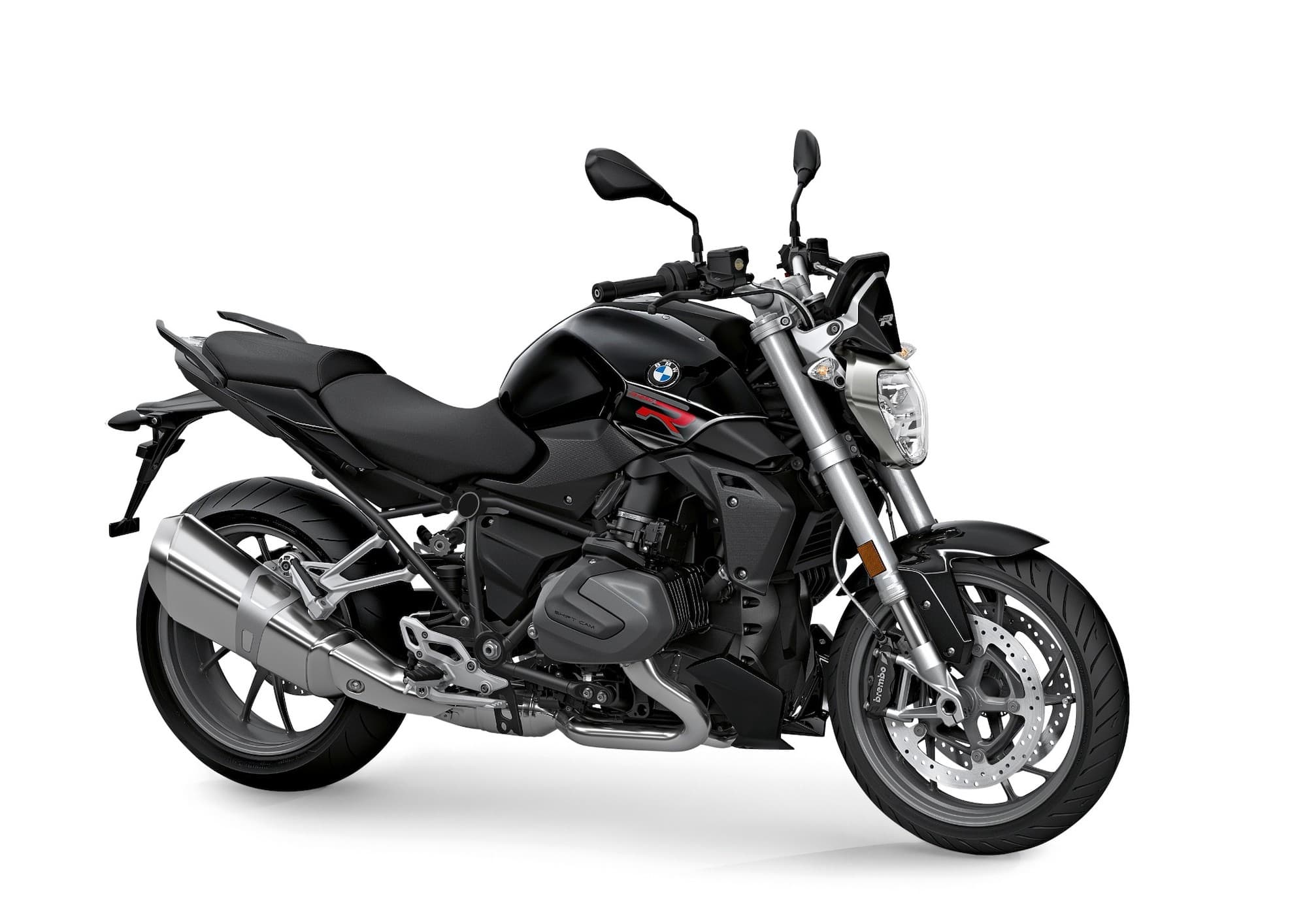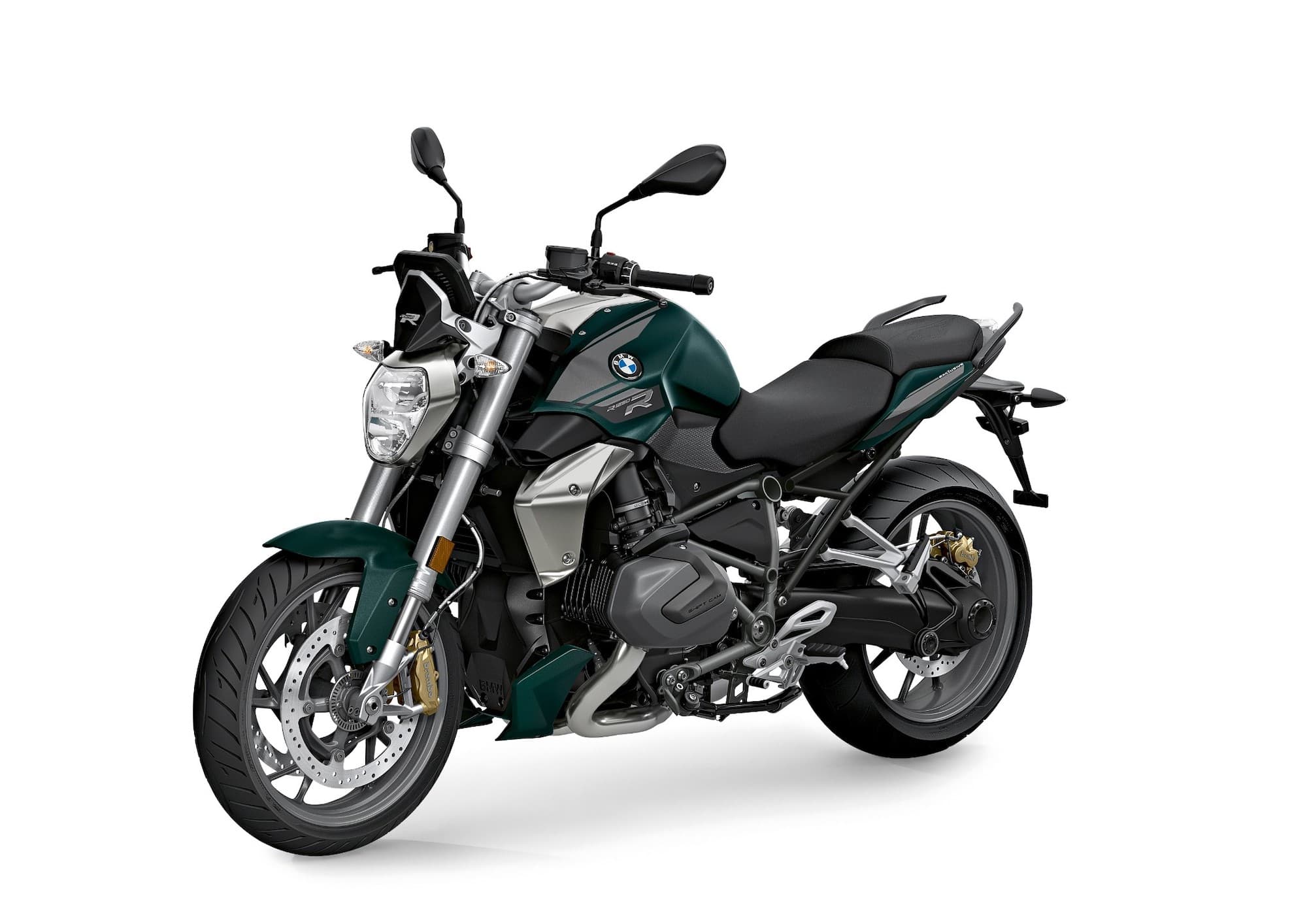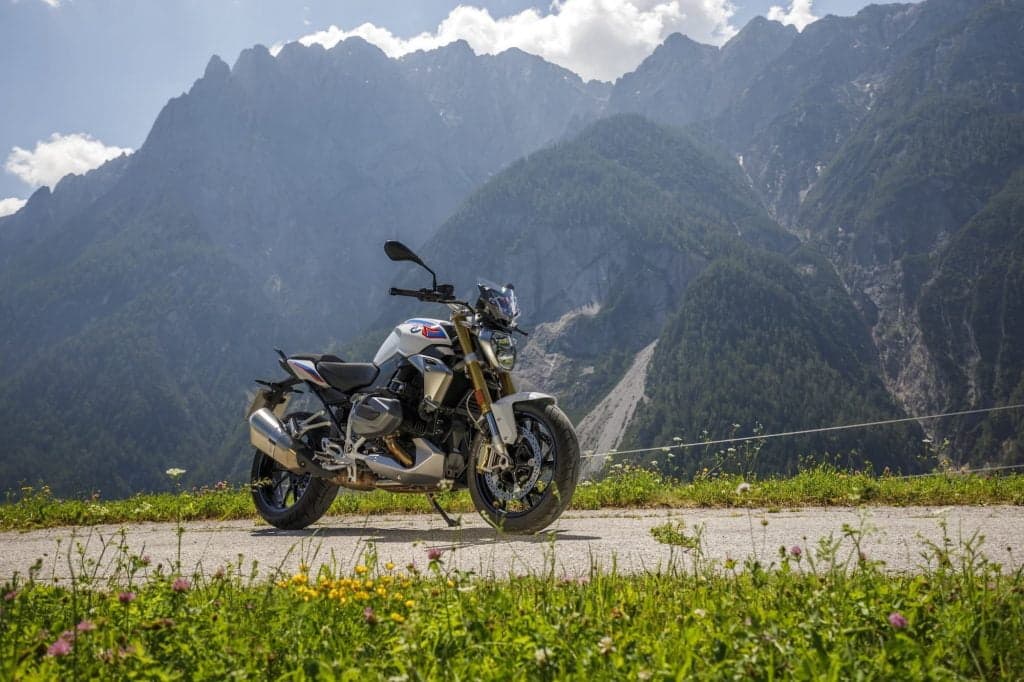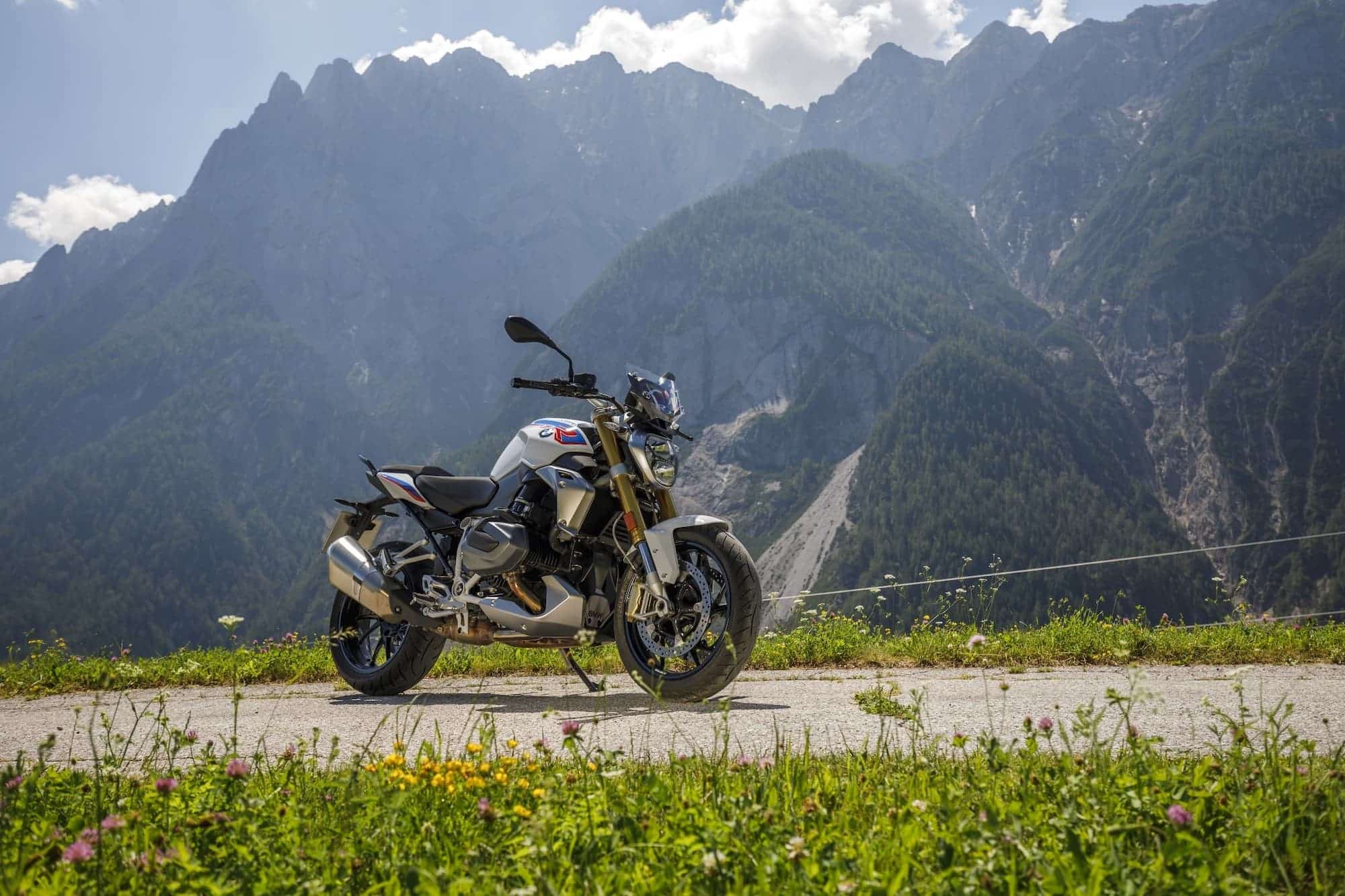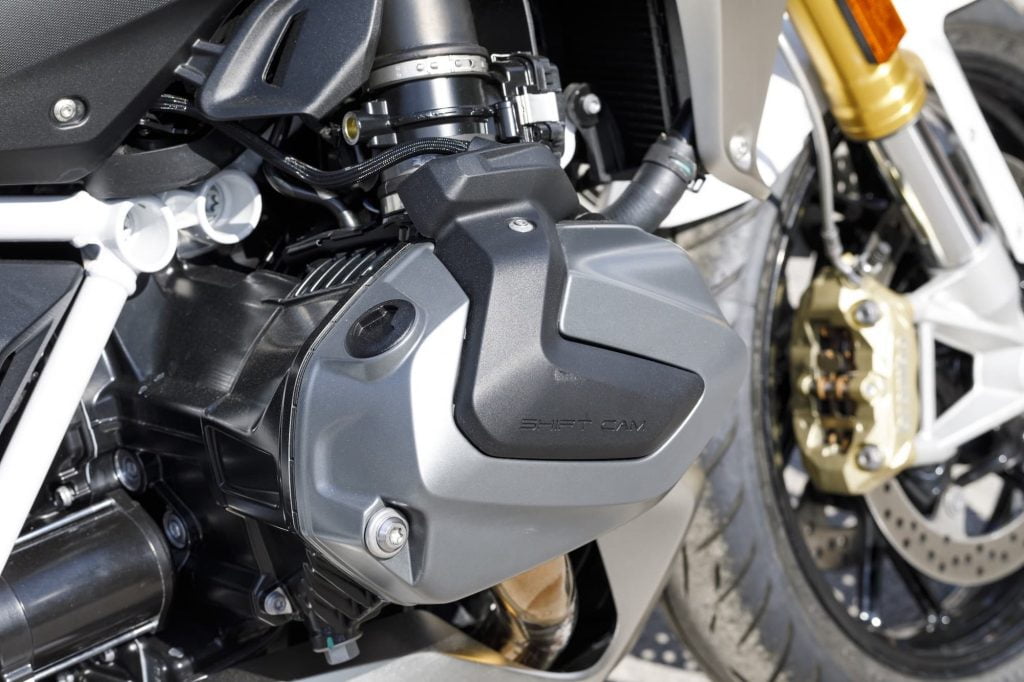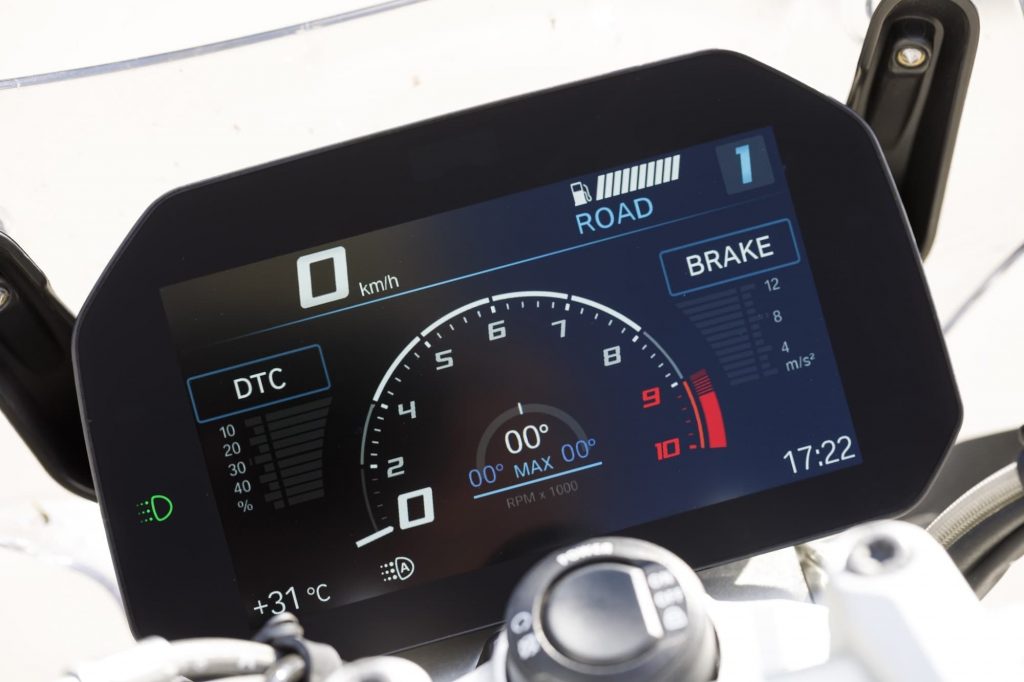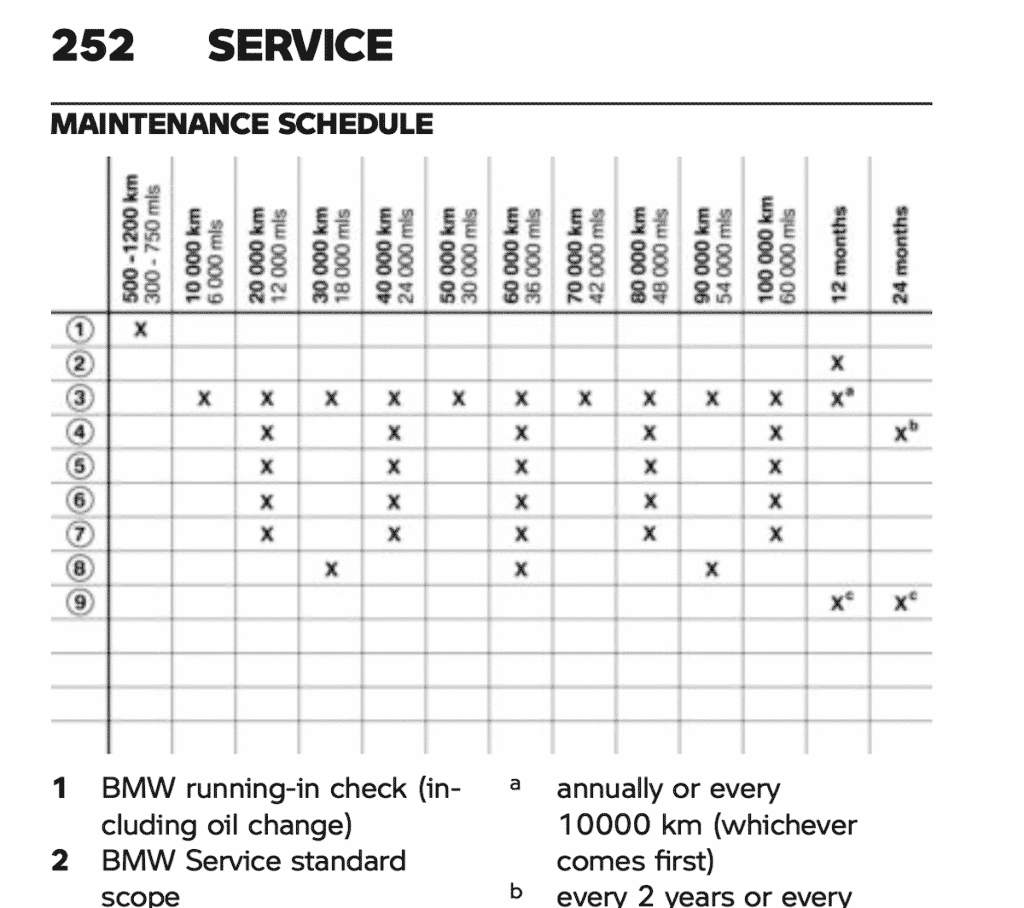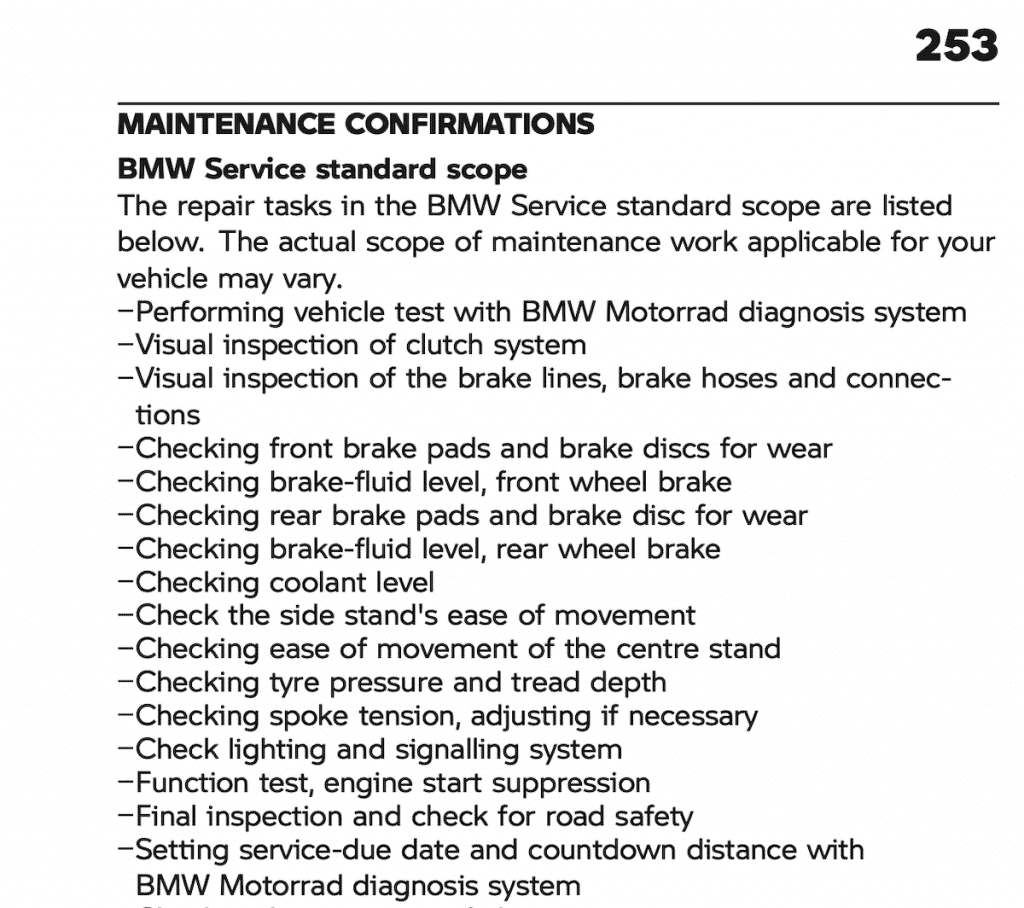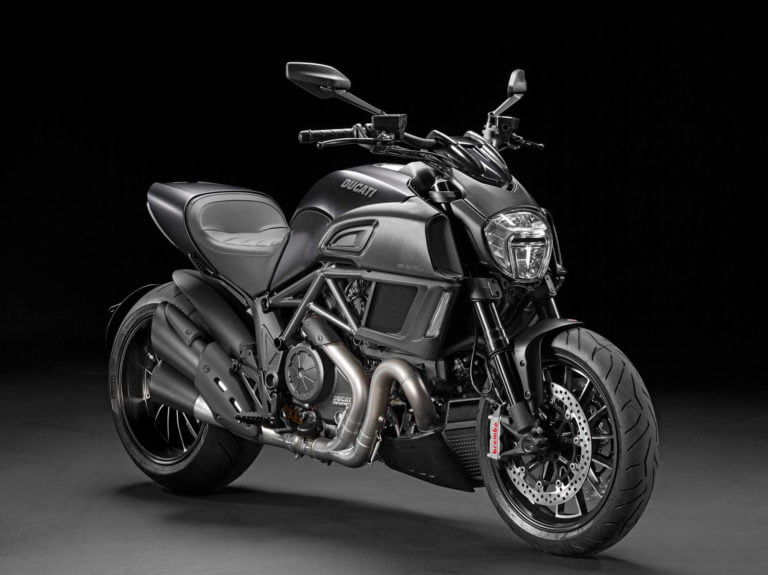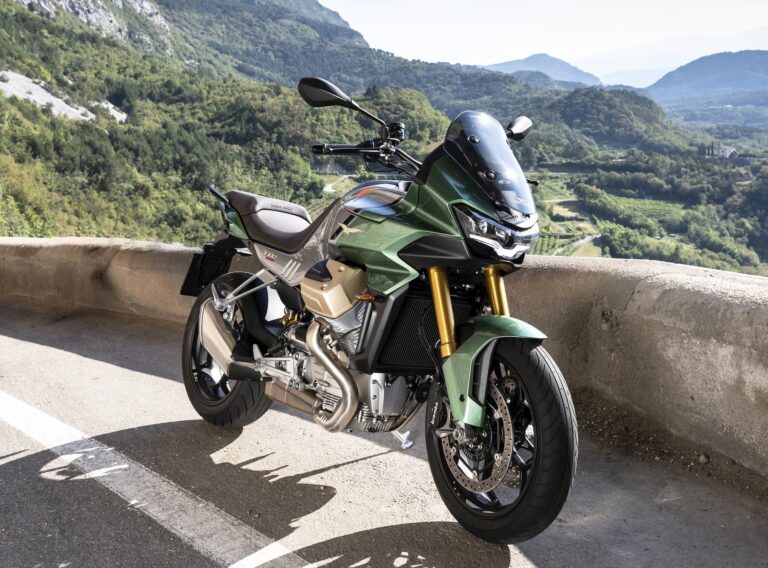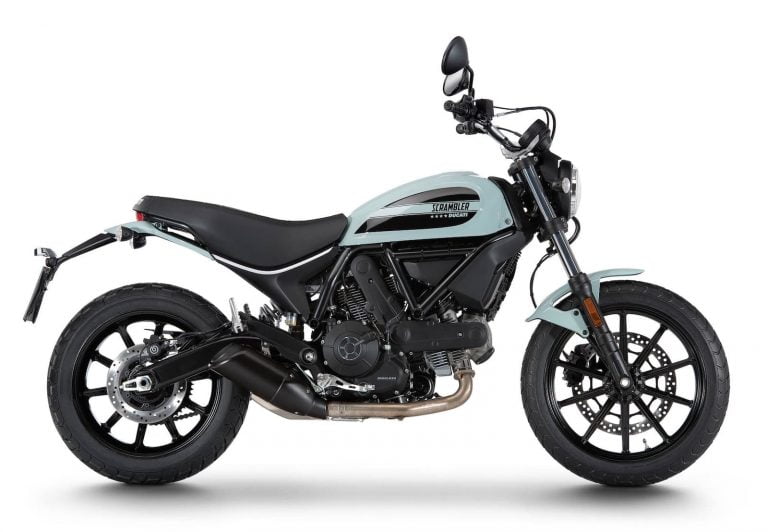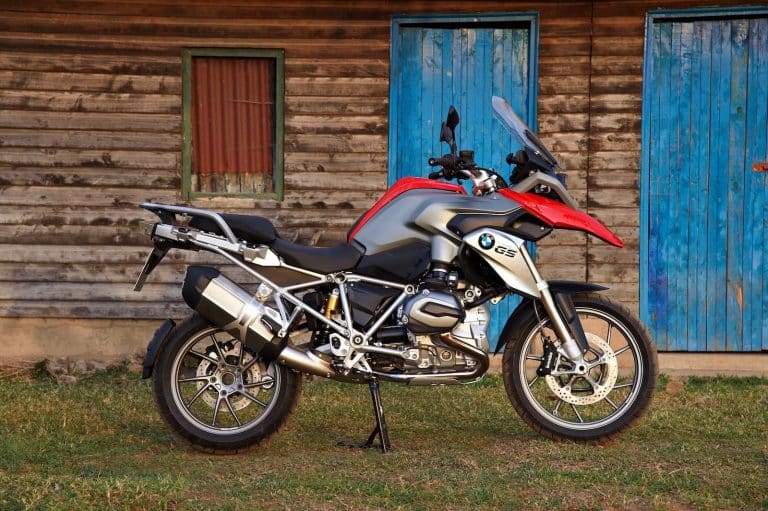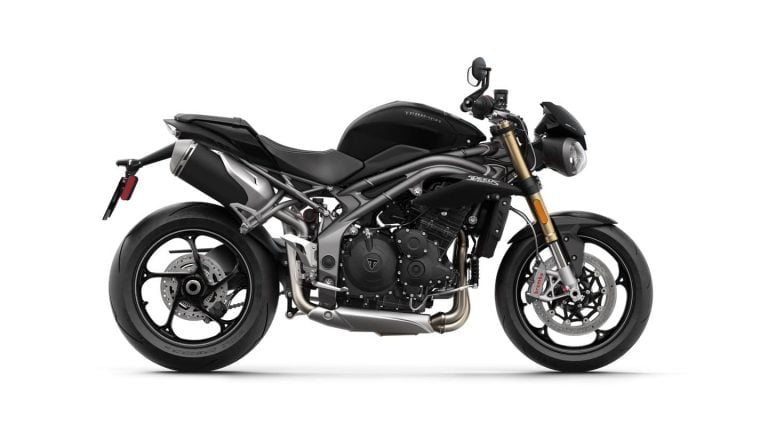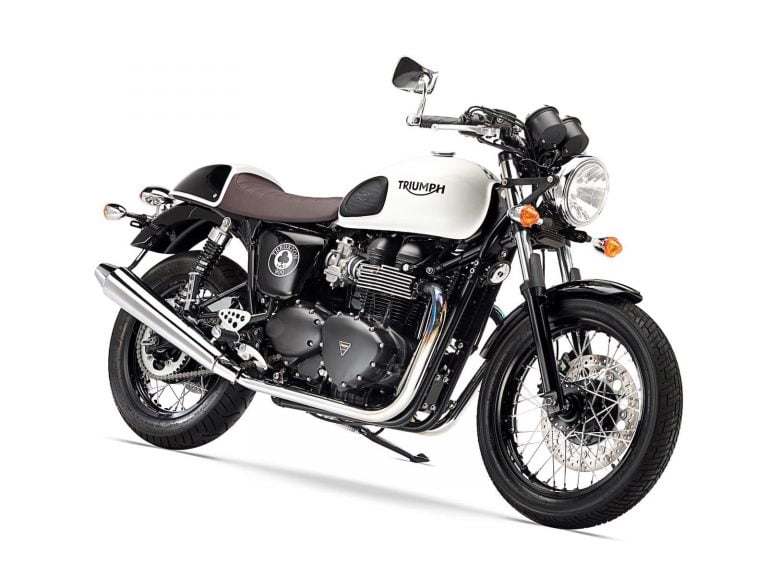BMW R 1250 R (2019+, ShiftCam) Maintenance Schedule and Service Intervals (Updated)
This is the maintenance schedule and service intervals for the fourth generation of BMW R 1250 R, released in late 2018 for the 2019 model year. This incorporates updates to the schedule for 2023.
The 2019+ BMW R 1250 R replaces the outgoing 2015-2018 R 1200 R (Wethead / liquid-cooled). The new model has a ShiftCam (variable valve timing) liquid-cooled engine, similar to the BMW R 1250 GS that was launched at the same time.
The BMW R 1250 R is the premium naked roadster of the BMW motorcycle family. It sits alongside the R nineT, which is the “heritage” roadster.
The 2019 update is the first time BMW has increased the capacity of the R bikes in nearly two decades. Still a DOHC liquid-cooled boxer twin, the BMW G 1250 GS’ motor now has 1254 cc (previously 1170 cc) capacity, and puts out a peak of 100 kW (136 hp) @ 7,750 rpm and peak torque 143 Nm (105 ft-lb) at 6,250 rpm, both of which specs are a rough ~10% increase over the outgoing model.
Here are all the BMW R 1200 R / R 1250 R maintenance schedules:
- R 1200 R Hexhead — WIP
- R 1200 R Camhead — WIP
- BMW R 1200 R Liquid-cooled (2015-2018)
- BMW R 1250 R ShiftCam engine (2019+)
The 1250 motor is used in other BMW motorcycles of similar vintage, too, like the BMW R 1250 RS launched in 2019.
This site has links for things like oil and spark plugs from which we earn a commission (which unfortunately nobody can save, not even us). If you appreciate this work, then please use those links. Thanks!
Service intervals for the BMW R 1200 R (2019+, ShiftCam)
Like many liquid-cooled boxer BMWs, the ShiftCam BMW R 1200 R has 6000 mi / 10000 km service intervals at which BMW recommends you change the oil and oil filter, plus do a number of other standard checks for fluid levels, leaks, and general lubrication.
You should do this basic service on your R 1200 R every year or distance interval — whichever comes earlier.
BMW recommends that every 12000 miles or 20000 km (two services) you change the oil in the bevel gears, replace the spark plugs, check valve clearances, and change the air filter.
There are a number of other periodic changes for fluids, plus more detail in the annual maintenance schedule below.
What you need to service your BMW R 1250 R
Servicing the “ShiftCam” 2019+ BMW R 1250 R requires some of the same parts as the earlier liquid-cooled R 1200 R, though some have changed (e.g. spark plugs, front brake pads, and even the recommended gear oil).
So here’s what you need to service your big naked bike.
| Part | BMW R 1250 R spec |
|---|---|
| Engine oil | The manual calls for “SAE 5W-40, API SL / JASO MA2” oil without additives, preferably BMW Motorrad oils e.g. BMW Motorrad Advantec Ultimate 5W-40. A well-respected alternative is Castrol Power RS 5W-40. |
| Oil filter | BMW part number for the oil filter is 11427721779. The HF160RC is a drop-in replacement from Hiflofiltro. |
| Rear drive oil | Use a high-quality API GL-5 synthetic 70W-80 hypoid gear oil, though many BMW mechanics use 70W-90. A high quality choice is Castrol 75W-90 synthetic. |
| Spark plug | Standard spark plug is an NGK LMAR8AI-10 per the manual for the 1250 motor. The parts manuals also say you can use an NGK LMAR8D-J. |
| Air filter | BMW part number for the air filter is 13727726799. The K&N BM-1113 is an aftermarket alternative. |
| Coolant | The manual doesn’t mention what type, but get long-life BMW coolant from a dealer or online. |
| General lubricant | Use lithium soap-based grease to regularly lube external pivot points. |
| Brake fluid | Specified fluid must be DOT 4, e.g. Castrol DOT 4 or BMW DOT 4 fluid. BMW part number for the brake fluid is 83132445461. |
| Brake pads (front) | Part number for front brake pads is 34118548028 for the Brembo rotors (you need two pairs). An EBC alternative is FA724HH (double sintered, long-life). |
| Brake pads (rear) | Part number for rear brake pads is 34218562163. An EBC alternative is FA209/2HH (double sintered, long-life pads). |
Maintenance schedule for the BMW R 1250 R
Below is the maintenance schedule for the BMW R 1250 R.
This maintenance schedule is presented in a simplified format from the manual, as it’s repetitive. The maintenance is consolidated into one table below.
Things to note:
- There’s no alternator belt to change (unlike many earlier models)
- You change the rear bevel gear oil every 20K km/2 years, more frequently than on past models
- Valve service intervals are 20K km/12K mi, wider than earlier air/oil-cooled models
- The R 1250 R has inverted forks, not a Telelever set-up like its siblings, so you have to change the fork oil sometimes.
One interesting thing is that BMW doesn’t mention changing the coolant, just checking it. BMW uses a “permanent” (OAT or HOAT) antifreeze that isn’t meant to be changed. Various dealers/mechanics still say you can change it every 3-4 years, though. Especially if you notice the level declining.
Notes on the schedule
- The running-in check is omitted (Dealers usually do this; we presume you’ve passed this point).
- Past the end of the maintenance schedule, keep following it in the pattern shown.
- The maintenance schedule for many items follows a “per x years” or “x distance” schedule. Follow whichever comes first.
| ‘000 km | 10 | 20 | 30 | 40 | 50 | 60 | |
|---|---|---|---|---|---|---|---|
| ‘000 miles | 6 | 12 | 18 | 24 | 30 | 36 | Every |
| Conduct standard BMW annual service (see below) | ✓ | ✓ | ✓ | ✓ | ✓ | ✓ | Year |
| Change engine oil and filter (BMW Motorrad Advantec Ultimate 5W-40, HF160RC) | ✓ | ✓ | ✓ | ✓ | ✓ | ✓ | Year |
| Change oil filter | ✓ | ✓ | ✓ | ✓ | ✓ | ✓ | Year |
| Change oil in rear bevel gears | ✓ | ✓ | ✓ | 2 years | |||
| Check valve clearances | ✓ | ✓ | ✓ | ||||
| Replace all spark plugs (LMAR8AI-10) | ✓ | ✓ | X | ||||
| Replace air filter element (BM-1113) | ✓ | ✓ | ✓ | ||||
| Replace air filter | ✓ | ✓ | ✓ | ||||
| Change oil in telescopic forks (Note: Removed from recent maintenance schedules) | ✓ | ✓ | |||||
| Check cardan shaft (recommended) | ✓ | ✓ | ✓ | ||||
| Lubricate cardan shaft (recommended) | ✓ | ✓ | ✓ | ||||
| Replace cardan shaft | ✓ | ||||||
| Change brake fluid, entire system (BMW DOT 4) | After 1 year, then every 2 years |
Note that BMW doesn’t recommend a coolant change. They recommend that a mechanic test the coolant and replace it if it’s not performing to spec. However, other brand motorcycle manuals recommend coolant changes of every 2-4 years.
Standard BMW annual service for the R 1250 R
The “standard service” to be done every year (irrespective of distance travelled) is below.
Items marked [D] are for dealers, unless you have a GS-911 (a few hundred bucks).
| Standard BMW annual service (1250 motor) |
|---|
| [D] Perform vehicle test with BMW Motorrad diagnosis system |
| Visually inspect clutch system |
| Visually inspect brake lines, brake hoses, and connections |
| Check front brake pads and brake discs for wear |
| Check brake fluid level, front wheel brake |
| Check rear brake pads and brake disc for wear |
| Check brake fluid level, rear wheel brake |
| Check coolant level |
| Check side stand’s ease of movement |
| Check centre stand’s ease of movement |
| Check tyre pressure and tread depth |
| Check spoke tension, adjusting if necessary |
| Check lighting and signalling system |
| Function test, engine start suppression |
| Final inspection and check for road safety |
| Checking battery state of charge |
| [D] Setting service-due date and countdown distance with BMW Motorrad diagnosis system |
| [D] Confirming BMW service in on-board literature |
About the BMW R 1250 R
The BMW R – R line has long been the premium roadster in BMW’s line-up.
Astute observers will note that the BMW R nineT is pretty premium, too — it’s definitely priced as such.
But the R nineT has an air/oil-cooled engine that the BMW R – R hasn’t had since 2014. It first had the partially liquid-cooled 1170cc boxer, and now has the fully liquid-cooled engine common to the whole 1250 class.
For many years, BMW kept the displacement of the R -R bikes the same at 1200cc.
But a few things — consumer demand, evolving technology, and changing emissions requirements — needed a new engine from BMW, and the new 1250 range is it.
The flat-twin boxer-driven R bikes are sporty, but sedate. They’re not obscenely powerful — if you want that, you’re probably looking for an S 1000 R. But they’re torquey, reliable, and have a thrum that’s immediately recognisable and endearing to many a boxer owner.
This latest incarnation of the boxer twin in the BMW R 1250 R adds “ShiftCam” technology — variable valve timing so that the motor’s torque delivery is optimised over an even wider range.
The ShiftCam technology allows the engine to vary valve timing and valve stroke on the intake side. Additionally, BMW designed the intake camshafts so that they can open the intake valves asynchronously, for “enhanced swirl” of fuel/air mixture.
The camshaft is now driven by a toothed chain (previously a roller chain), too.
The new 1254cc engine makes 100 kW (136 hp) @ 7750 rpm and 143 Nm of torque peaking at 6250 RPM, a ~10% increase in both specs. It’s the same tune as in the R 1250 GS.
Aside from the engine, there are many other new features in the BMW R 1250 R. These include
- Standard riding modes, ASC, and hill start control, with optional Ride Modes Pro
- Next-generation Dynamic ESA (Electronic Suspension Adjustment)
- Dynamic Brake Control — helping avoid unintentional accelerator activation while braking
- Standard LED headlamps, with DRLs as optional equipment
- Full-colour TFT screen standard — replacing the gauges of previous models.
The “Premium packages” include many of those options standard.
Basically, the R 1250 R is a completely modern bike, but still with that boxer feel that many miss.
In a nutshell, if you’re having trouble choosing between the R 1250 R and the R nineT, ask yourself:
- Do you want round dial displays, air/oil-cooling, more frequent maintenance, and high-end but manually adjustable suspension? You want an R nineT.
- Do you want a full-colour TFT, liquid cooling, less frequent maintenance, and electronically adjustable suspension? You want an R 1250 R.
Either way, these are bikes that will serve you for decades to come.
Manual for the BMW R 1250 R
The above maintenance schedule comes directly from the manual for the BMW R 1250 R, with parts references coming from parts fiches.
In more recent maintenance schedules, BMW recommends doing the standard service checklist at distance or time intervals.
BMW updated the maintenance schedule for the 2023 model year, introducing shaft drive maintenance recommendations.
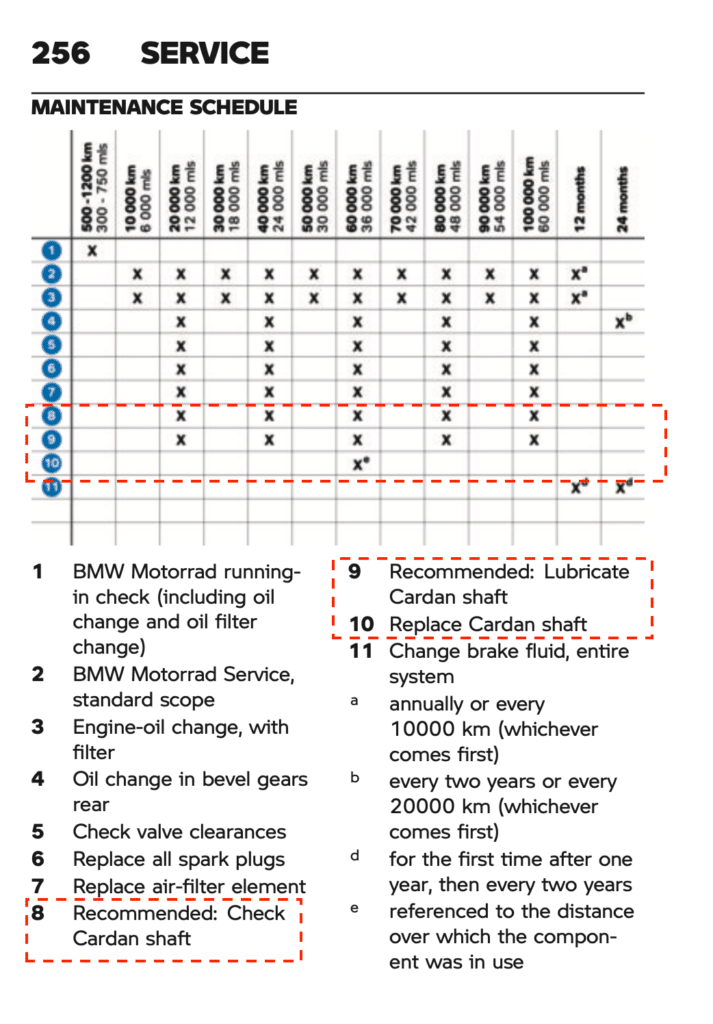
The above changes are reflected in the schedule above.
You can download BMW’s manuals for their motorcycles here.
